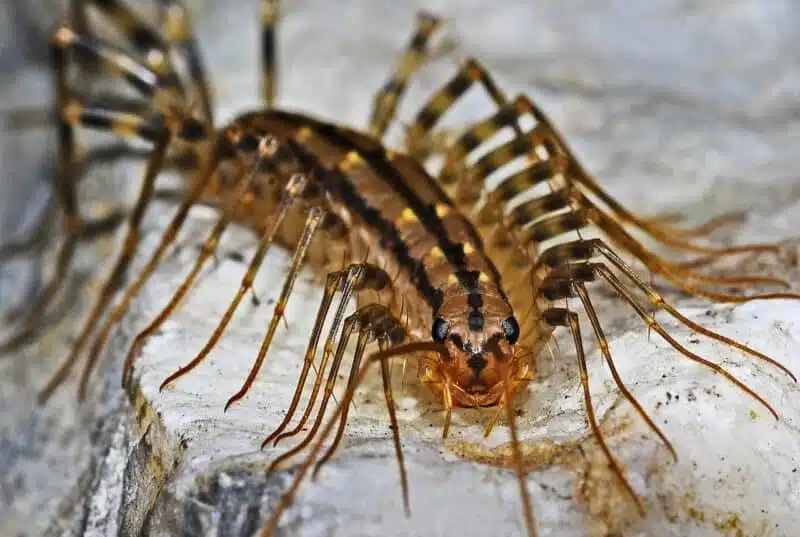Do you want to know How Poisonous are Centipedes?
Centipedes are insects known to have lots of legs and segmented bodies. They look pretty dangerous with their odd-looking legs and antennae. However, regardless of how dangerous they look, it’s surprising that centipedes benefit humans.
Lets have a look together.

Shocking, right? As is expected. If you stick with us long enough–which you should do, I’ll address all the misconceptions you’ve got about these cute-looking creatures. You’re sure to fall in love with them afterward.
Centipedes
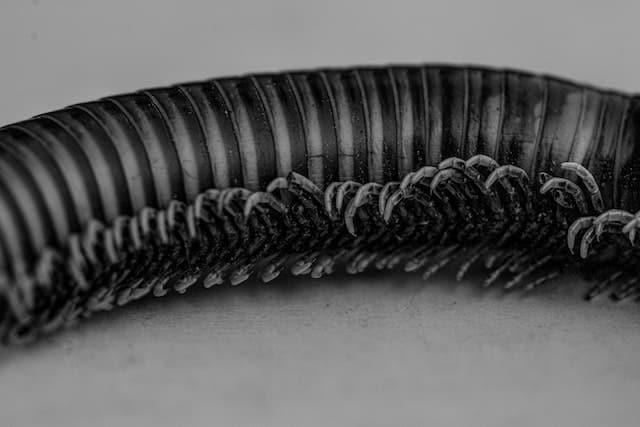
I’m sure you thought that centipedes have one hundred legs. Well, actually, no. Are you surprised? Read on.
The word “centipede” comes from the Latin word “centi”-hundred and “pedis”-foot. Centipedes mean 100 feet in Latin, so it’s no fault that you thought so previously.
Centipedes do not and cannot have 100 legs. They can have less than 100 legs, and some have more than 100 legs. That said, no centipede has 100 legs naturally. Their legs range from 30 to as many as 350 legs. The number of their legs also changes throughout their life.
Centipedes are arthropods from the class Chilopoda, which means insects with lots of segments and long, flattened bodies. They are also of the subphylum Myriapoda. This is because they have a pair of antennae and eyes, except for some insects.
Physical Features to answer How Poisonous are Centipedes
Centipedes have long segmented bodies, a pair of antennae, simple eyes, and mouth parts under its head. They have two legs for each of their body segment.
They come in different shapes, sizes, and lengths, especially in warm and temperate environments. Centipedes have sizes ranging from 1 to 12 inches for the huge ones.
Centipedes are usually mistaken for millipedes. However, there are marked differences between the two.
Centipedes have a couple of legs for each body segment, while millipedes have two pairs (4 legs) for each segment. Centipedes also have longer legs and antennae, while millipedes don’t. Centipedes also move quickly, unlike millipedes which are slow in movement.
Nutrition
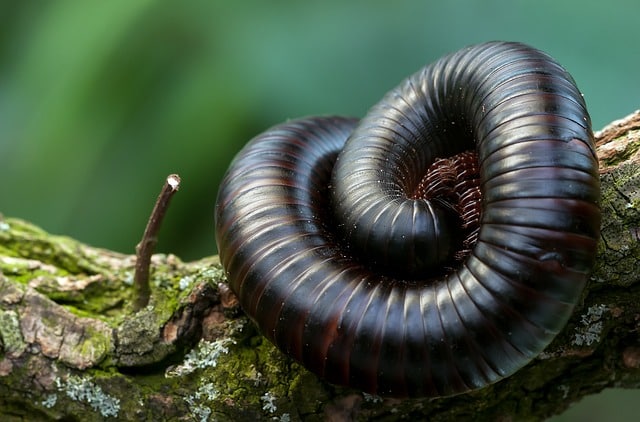
Centipedes are carnivorous. They feed on insects and other centipedes. They are active during the night and hunt prey at this time.
They have a vast menu that includes; cockroaches, moths, crickets, spiders, and silverfish. Other centipedes aren’t left out. Given the fact that they have blurred vision, they find their food using their antennae. Their antenna helps them to feel their environment during movement.
They feast on the unfortunate prey by injecting it with paralyzing venom from its front legs.
Habitat
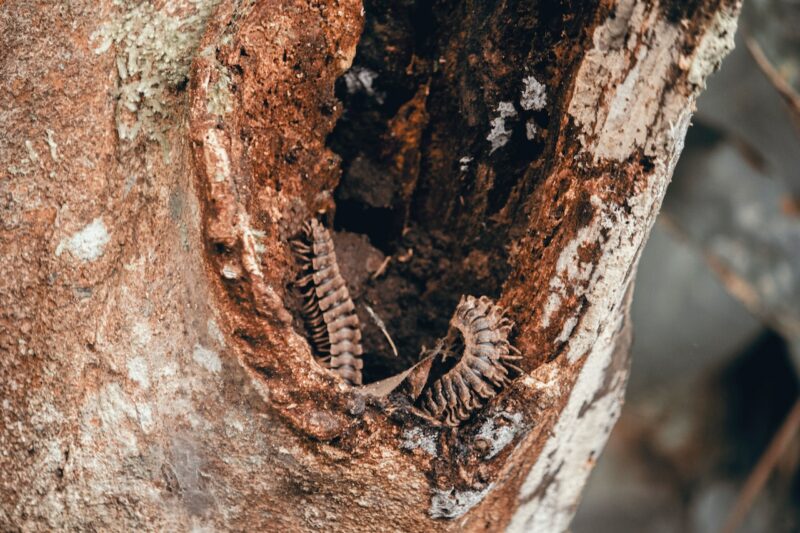
Centipedes live in a variety of places. They live in the soil, in leaf litter, in moist places, in houses, and sometimes in arid places. They have a penchant for dark and warm places.
Because they do not have a waterproof body which arthropods possess, centipedes are often found in moist places to reduce the risk of dehydration.
Other species of centipedes found in arid places and deserts have their bodies modified to minimize dehydration.
Types of Centipedes
Over 8,000 species of centipedes, and only 3,000 of these have been identified. They are found in every continent except Antarctica -thanks to its extreme temperature.
Here are some of them you should keep in mind:
1. Amazonian Giant Centipede
You’ll find these gigantic, aggressive myriapods in South America and the Caribbean. They can grow as long as 12 inches and occur in various colors. They are not social insects and, as such, are aggressive. They should be kept alone in captivity. Thankfully, you don’t have to bother about these “giants” except visiting the stated areas.
They reproduce sexually when the male deposits spermatophores in the ground. The female finds it, absorbs it, and uses it to fertilize her eggs. They hatch and remain in their mother’s care for three months.
2. House Centipede
You can find the house centipede in the southern and Western parts of Australia, Queensland, and Victoria. Although you can find them in these places, they also live in other parts of the world. These centipedes are familiar faces around the house and are helpful to humans. They rid your house of spiders, bed bugs, termites, and insects–if you’re willing to tolerate them. They are not known to be harmful.
Your default response might be to exterminate them because of how scary they look; that’s understandable. Remember that they aren’t harmful–except you’re an insect.
Predators
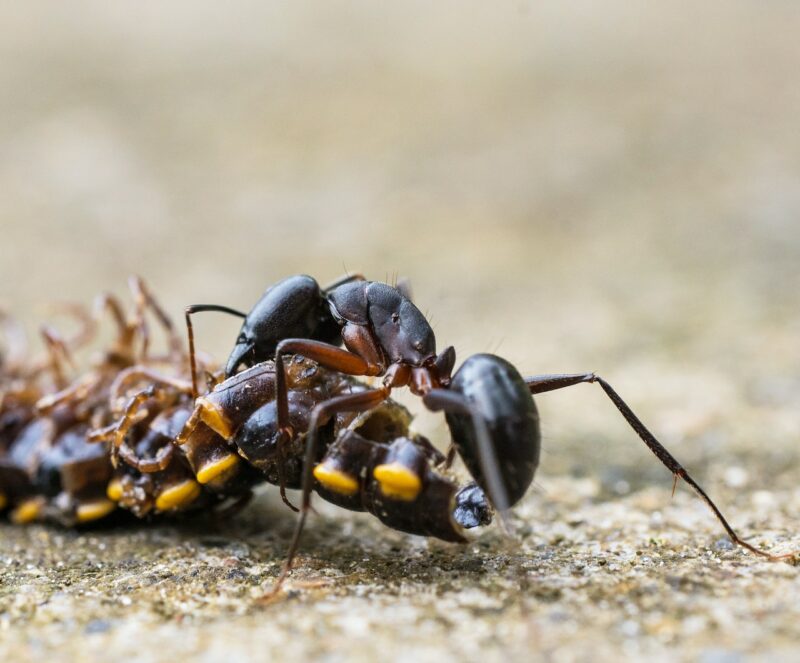
Centipedes serve as a nutritious breakfast for a variety of animals, including giant snakes, toads, badgers, and lizards. These arthropods are known for their agility, relying on speed as their first line of defense against predators. In addition to their swift movements, centipedes possess venomous claws they can employ for offense, and they have the intriguing ability to shed some of their legs as a means of escape. Interestingly, certain species boast brightly colored hind legs, which act as a deterrent, warning potential predators to think twice before attempting an attack.
Are Centipedes Harmful?
Short answer–they are not.
Centipedes are harmful to insects that they feed on. As earlier stated, they inject these insects with venoms and paralyze them while they digest them gently.
Centipedes are venomous insects that can inflict pain on people. Their usual reaction is to retreat from humans, but they can become aggressive and bite if threatened. Centipede bites can be painful to people, and the larger the centipede, the more significant pain they inflict.
Although they do not harm humans, their venom produces a variety of toxins that can cause severe allergic reactions in humans. Fever, chills, swollen lymph nodes, itching, and heart palpitations can result from a centipede bite.
Centipede bites seldom cause complications in adult humans, but their bite can be more severe in children.
Summary on How Poisonous are Centipedes?
You’ve found out that centipedes are not harmful to humans but rather beneficial. You can now let your guard down.
They are considered nuisance insects because they look irritating and scary. The beautiful part is that they’re not aggressive, though they are solitary insects. They consider attack as their last form of defense.
If you still wish to destroy these helpful creatures once you find them, it’s your call.
Also have a look at our other spider articles! Thank you for reading How Poisonous are Centipedes!
- Animals and Wildlife in Colorado - April 24, 2024
- Best Places to see Sloths - April 24, 2024
- Where to See Alligators in the Wild - April 24, 2024

